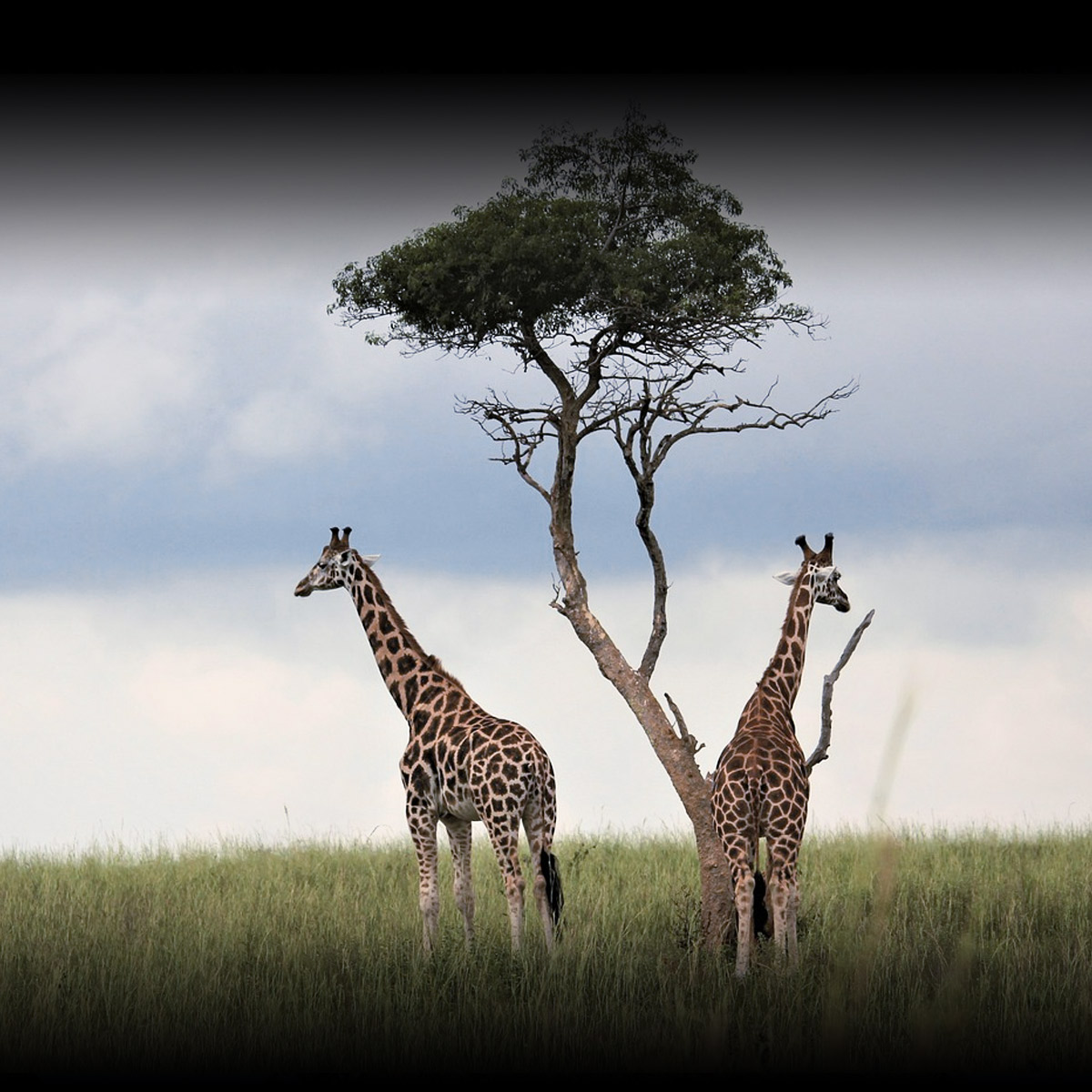

Improve human well-being in neighboring communities by providing outdoor recreational opportunities that are consistent with conservation objectives, reducing the risk of uncharacteristically severe fire, and maintaining access to resources that are important for sustaining tribal cultures.Support a locally-sustainable natural resource based economy consisting of forest management and forest products, landscape restoration, and diverse recreation industries.Produce income from sustainable forest harvesting to offset costs associated with land management and restoration.Sequester carbon in growing forests, and reduce carbon emissions through decreasing the risk of uncharacteristically severe fire.



The Nature Conservancy’s primary management goals include: Our efforts to restore long-term forest health in an environmentally safe and economically sound manner will include selective harvest and thinning, tree-planting, brush control, and stream habitat improvement, all guided by the best available science and implemented in collaboration with tribal, public agency, and community partners. However, wildfire suppression, intensive timber harvesting, mining and grazing throughout the 20th century have led to dramatic changes in these forests, contributing to increases in wildfire and insect and disease mortality, and amplifying risks to local communities, their water supply, timber production, wildlife habitat, and recreational opportunity. Containing a significant portion of the Yakima River headwaters and connecting large, intact wilderness areas to the north and south, the Central Cascades Forest knits together an enormous landscape of tremendous conservation value.


 0 kommentar(er)
0 kommentar(er)
